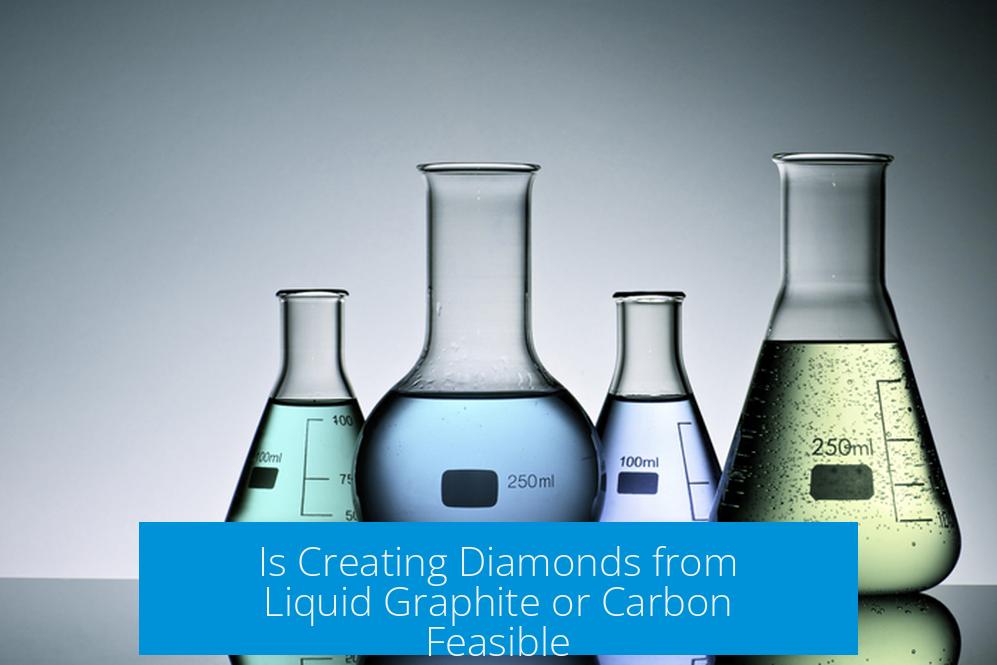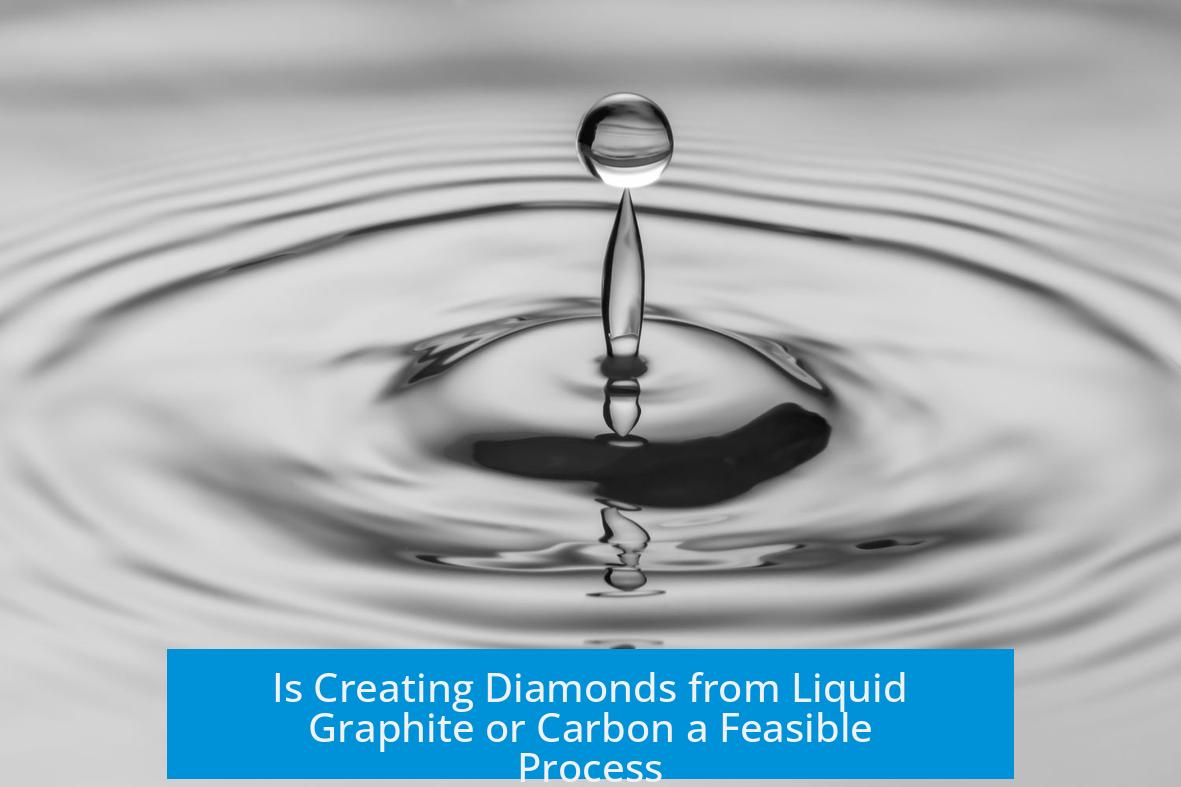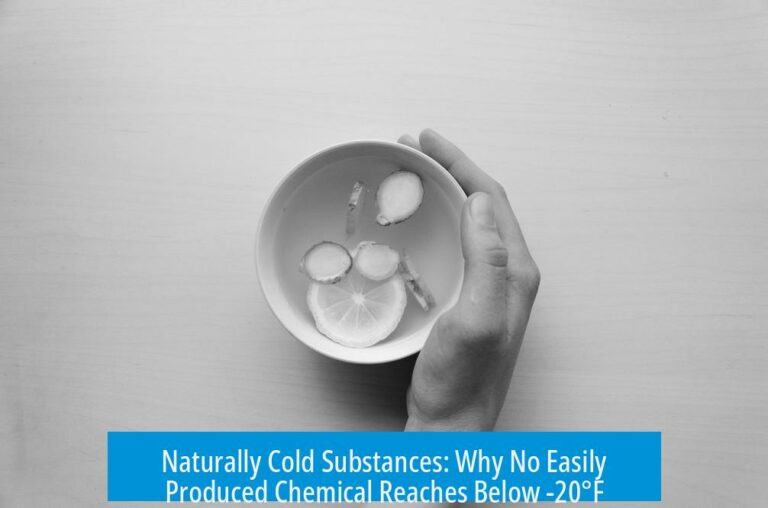Is Creating Diamonds from Liquid Graphite or Carbon Feasible?

The transformation of liquid graphite or carbon directly into diamond under typical conditions is not feasible. Such conversion requires extremely high pressures and temperatures beyond ordinary means. Without this, diamond crystals cannot form from liquid carbon; instead, graphite remains molten or decomposes, while diamond would dissolve or convert back to graphite.
The Role of Pressure and Temperature in Diamond Formation
Diamond is a high-pressure allotrope of carbon. Graphite is the low-pressure form. The phase diagram of carbon shows that stable diamond formation demands exceptionally high pressure—often tens of thousands of atmospheres—and elevated temperatures around 3900°C or higher.
- Without sufficient pressure, molten carbon cannot crystallize as diamond.
- Graphite melts into liquid carbon at lower pressures but will not convert into diamond unless extreme pressure conditions are met simultaneously.
- Diamonds decompose or sublimate at temperatures far below 3900°C if atmospheric pressure is maintained.
Therefore, merely heating graphite or carbon to a molten state does not create diamond. The energy and pressure required to alter the crystal lattice are immense.
Differences in Crystal Structures
The feasibility problem stems from carbon’s allotropy. Graphite features a hexagonal layered lattice. This consists of carbon atoms bonded in planes like honeycombs. Diamond, however, has a diamond cubic structure. Each carbon atom bonds covalently to four others in three dimensions.
| Allotrope | Crystal Structure | Bonding | Energy Stability |
|---|---|---|---|
| Graphite | Hexagonal layers | 3 strong covalent bonds + van der Waals between layers | Stable at low pressure |
| Diamond | Diamond cubic | 4 covalent bonds (sp3 hybridized) | Stable at high pressure |
Changing graphite into diamond requires breaking and reforming many bonds, which needs high pressure to raise the energy of graphite and stabilize diamond’s configuration.
Why Solid-Solid Conversion Is More Practical
The transformation from graphite to diamond usually occurs via solid-solid conversion under high pressure and temperature rather than through melting carbon first.
- Diamond melting is impractical because diamond sublimes before melting under normal pressure.
- Liquid carbon produced from graphite has no “diamond-like” structure; it is an unstructured phase.
- Direct crystallization from liquid carbon to diamond has not been demonstrated at large scale or practical conditions.
Current industrial processes rely on applying high pressure (HPHT) or chemical vapor deposition to grow diamonds by depositing carbon atoms into a diamond lattice rather than by cooling molten carbon into diamond crystals.
Misconceptions about “Liquid Diamond” and “Liquid Graphite”
Some misunderstand the idea of “liquid diamond” and “liquid graphite.” Under extremely high temperatures, carbon exists as liquid carbon regardless of its starting form.
There is no chemical difference between “liquid diamond” and “liquid graphite.” Both represent the same liquid carbon phase.
Therefore, attempts to melt graphite and claim it turns into liquid diamond neglect the importance of pressure and the nature of carbon’s phases.
Artificial Diamond Growth Methods
Diamond synthesis in laboratories uses two main approaches:
- High-Pressure High-Temperature (HPHT) Method: Carbon is subjected to extreme pressure and temperature, mimicking conditions in Earth’s mantle to convert graphite or carbon into diamond.
- Chemical Vapor Deposition (CVD): Gaseous carbon compounds deposit carbon atoms onto diamond seed crystals, enabling growth of diamond layers at relatively lower pressures.
These methods depend on controlling atomic bonding and lattice formation rather than cooling molten carbon directly.
Lab-grown diamonds have largely replaced natural diamonds in industrial and gem markets because carbon is abundant, and processes offer control over diamond properties.
Stability, Sublimation, and Phase Diagram Insights
Diamonds do not melt under normal pressure. Instead, they sublimate, transitioning directly from solid to gas. Graphite behaves similarly at ambient conditions.
The carbon phase diagram shows:
- Stable graphite at low pressure and temperature.
- Stable diamond at high pressure and temperature.
- Regions of meta-stability where conversion rates between allotropes are slow.
Because of these complexities, carbon’s phase behavior does not allow straightforward liquid-to-diamond transformation without extreme conditions.
Summary of Key Points
- Diamond forms under extreme pressure and temperature, not simply by melting graphite or carbon.
- Diamond and graphite have fundamentally different crystal structures needing large energy input to interconvert.
- Liquid carbon is a phase independent of whether it originated from graphite or diamond; no “liquid diamond” phase exists.
- Solid-solid conversion of graphite to diamond under HPHT is the reliable industrial method to produce diamonds.
- Diamond sublimates rather than melts at ordinary pressure, limiting liquid-phase processes.
- Current technology does not support large-scale diamond crystallization directly from liquid carbon.





Leave a Comment